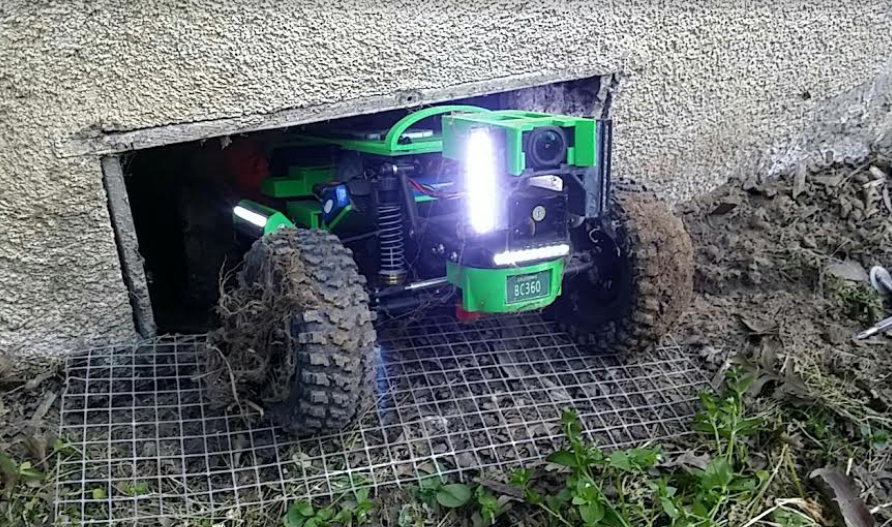Beneath the veil of a home lies a hidden realm, often overlooked yet integral to its integrity—the crawlspace. This concealed space, while seldom visited, can harbor a multitude of issues that might elude the untrained eye. During a home inspection, uncovering the secrets within the crawlspace is a pivotal endeavor. Here are common issues unearthed during these inspections:
1. Moisture Intrusion: The Damp Dilemma
Moisture is the harbinger of a myriad of problems within a crawlspace. Whether from leaks, inadequate ventilation, or improper drainage, excess moisture can lead to mold growth, wood rot, and compromise the structural integrity of the home.
2. Mold and Fungal Growth: The Silent Invaders
Moisture-laden environments foster the growth of mold and fungi. Inspectors often uncover these lurking organisms thriving in damp, dark corners of the crawlspace. Mold not only poses health risks but also indicates underlying moisture-related issues.
3. Pest Infestations: Unwanted Tenants
Crawlspaces provide refuge for pests seeking shelter. Inspectors might encounter evidence of insect or rodent infestations, from nests to droppings. These intruders can cause damage to insulation, wiring, and wooden structures.
4. Improper Ventilation: Airflow Anomalies
Inadequate ventilation exacerbates moisture problems. Insufficient airflow hampers the drying process, leading to stagnant air and increased humidity levels. Proper ventilation is essential to mitigate moisture buildup.
5. Structural Issues: Weak Foundations
Crawlspaces offer a glimpse into the structural underpinnings of a home. Inspectors might uncover issues like sagging floors, compromised supports, or damaged beams, indicating potential structural concerns.
6. Insulation Deficiencies: Temperature Tumults
Inefficient or damaged insulation in the crawlspace can affect the home’s energy efficiency. Inspectors might find missing or deteriorated insulation, contributing to temperature variations and increased utility costs.
7. Plumbing and Drainage Woes: Leaks and Drips
Crawlspaces often house plumbing lines. Inspectors may discover leaks, damaged pipes, or improper drainage systems, leading to water accumulation and potential water damage.
8. Vapor Barrier Issues: Moisture Mitigation Missteps
A missing or damaged vapor barrier allows moisture from the ground to infiltrate the crawlspace. A properly installed vapor barrier acts as a shield against moisture, preventing it from seeping into the home.
9. Electrical Hazards: Wiring Woes
Inspectors pay attention to electrical wiring running through the crawlspace. Improperly installed or damaged wiring poses safety risks, increasing the likelihood of electrical hazards.
10. Safety Concerns: Access and Ventilation
Accessibility and ventilation are crucial safety considerations. Inspectors might note inadequate access points or blocked vents, hindering inspection and impeding proper airflow.
Conclusion: The Crawl into Comprehensive Inspection
The crawlspace, often relegated to obscurity, emerges as a focal point during home inspections. Its hidden treasures—be they concerning moisture, pests, structural integrity, or safety hazards—require scrutiny to ensure a home’s health and longevity.




